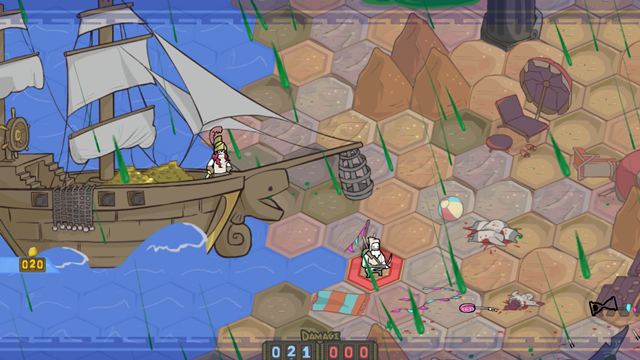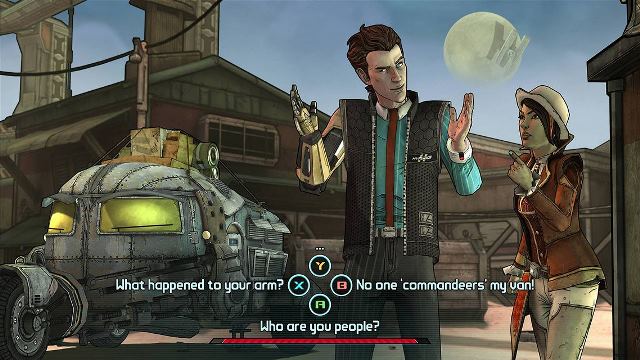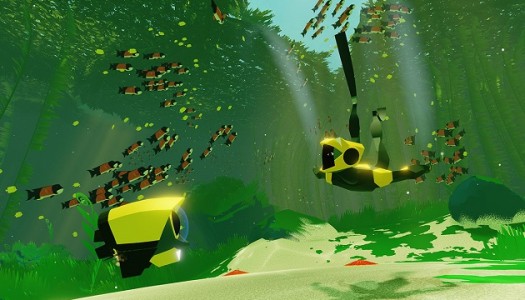 10 years ago
10 years ago
Find your way in Abzu when it (hopefully) finds its way to Xbox One
You’ve heard of Journey, no doubt. Maybe you weren’t fortunate enough to play thatgamecompany’s beloved exploration title because it was a PlayStation 3 exclusive, but you’ve surely heard of it. Read More
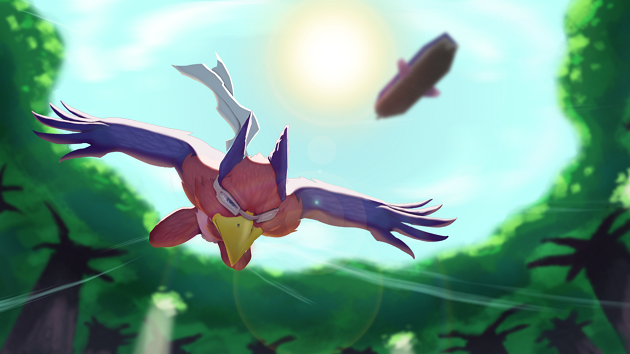 10 years ago
10 years ago
Rivals of Aether preview: Super smash bits
Pressing an Xbox controller’s Y button to jump sounds crazy, and indeed it felt like as much during XBLA Fans’ E3 demo with Rivals of Aether. But there is a method to developer Dan Fornace’s madness here, Read More
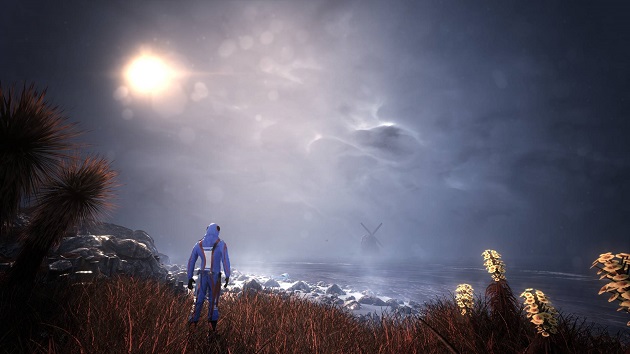 11 years ago
11 years ago
The Solus Project preview: Unreal aspirations
“We want people to look at it and say, ‘OK, that’s something Activision could make,'” Grip Games CEO and co-founder Jakub Mikyska says of The Solus Project following a hands-on session with the game at E3.
It’s a lofty goal, and I’m not entirely sure it’s one the teams at Grip Games and co-developer Teotl Studios are pulling off. But The Solus Project certainly does not appear as an indie game. So while you’re unlikely to mistake it for something with the visual fidelity of Destiny or the next Call of Duty, the Unreal Engine 4-powered game at least looks like it’s slipped into that somewhat barren in-between category. The Solus Project‘s graphics make it look like a AA game. It’s something more technically impressive than what gamers are used to getting at ID@Xbox price points, but you’re unlikely to mistake it for the next Activision blockbuster.
The demo opens with us taking control of an astronaut stranded on a grassy beach with a rocky outcrop to one side and a body of water to the other. Straight forward it is, then. Mikyska tells me that players can pick up things in the environment, so I immediately try to grab every plant I see, but most aren’t pick-ups. Eventually I do come across some plants that can be picked up along with water, health packs, a flashlight and other goodies.
Intelligently managing and holding onto items will be important, since you’ll need resources to prevent dying of exposure, thirst or starvation. Your inventory will of course be limited to prevent stocking up on too many resources to easily overcome the game’s challenges.
 11 years ago
11 years ago
Neverwinter: Rise of Tiamat Q/A stream with the executive producer this Thursday 6/11
We will be speaking with the executive producer behind Neverwinter, the free to play MMO on Xbox One and PC, this Thursday June 11, 2015 to discuss the past, …
Read More
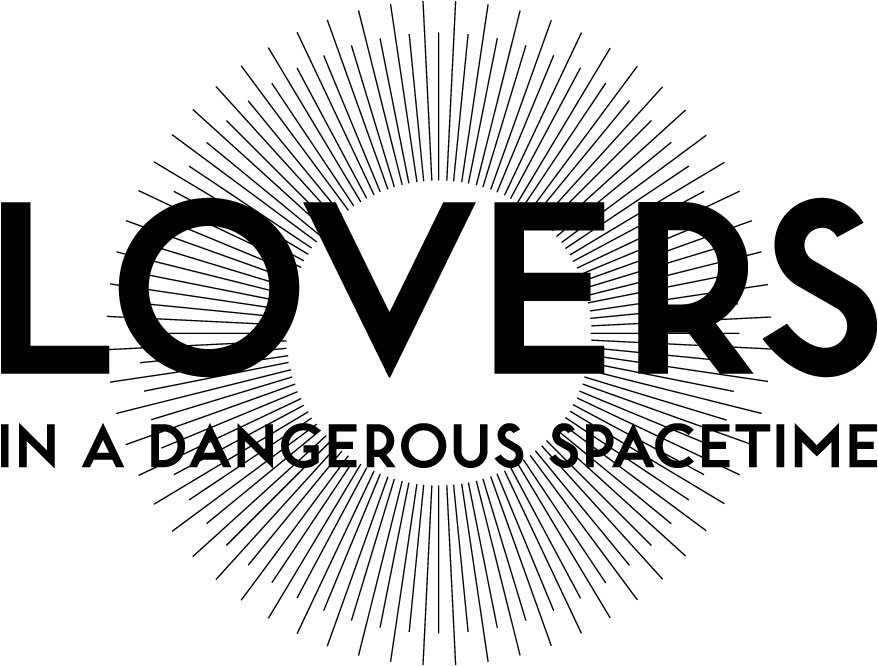 11 years ago
11 years ago
Lovers in a Dangerous Spacetime preview: It’s written in the stars
A good co-op game is hard to come by. Even harder to come by, is one that requires a level of communication so demanding that you feel like you’re actually experiencing a game with the other person instead of just playing your own games side by side.
Asteroid Base’s Lovers in a Dangerous Spacetime is trying to achieve just that, while also trying to complement each player’s gaming style, their strengths and weaknesses.
Inspired by the scene in Star Wars in which Han and Luke are climbing ladders and shooting TIE fighters in the Millennium Falcon, Lovers is a game that demands communication.
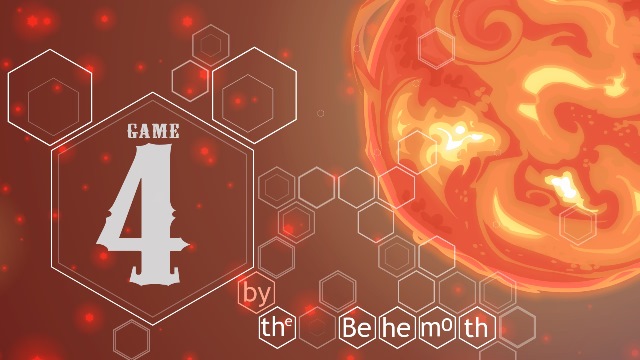 11 years ago
11 years ago
The Behemoth’s Game 4 preview: Flying circus
Like most worlds The Behemoth has created, that of Game 4 is a little outrageous and more than a little deranged. If you know anything at all about the studio’s fourth game, it’s probably that a gargantuan, six-limbed, space-faring bear has slammed into the planet and unleashed all manner of chaos. So comically massive is this Goro-like animal that it’s a wonder anything on the hapless planet it strikes survives the impact. But survive some inhabitants do; after all, it would be more than a bit tricky to build a turn-based strategy game without a plethora of units to conscript and command.
Though the early section of Game 4 on display at PAX East is brief, we see or hear about units as varied as humans, trolls, robots and some sort of living cupcake creatures. Yeah, cupcakes. Playes are given control of Horatio, a simple blueberry farmer and father of one. The extravagantly mustachioed Horatio is forced to take up arms when a band of “Child Eaters” threatening to — what else? — eat his child show up alongside an unseen narrator hurling threats at him. Before you know it, green bear blood pours down from the sky and destroys Horatio’s house, killing his son in the process. It’s as dark as it sounds.
At least, it would be if not for the fact that Game 4 is also utterly goofy. In a repeat performance from his turn in The Behemoth’s BattleBlock Theater, narrator Will Stamper uses his absurd, tangent-filled rants to bring the funnies while also making you question whether or not it’s appropriate to chuckle after witnessing a child being disintegrated by caustic alien bear blood. Of course, this sort of irreverence is nothing new for The Behemoth. Castle Crashers had poop-propelled deer mounts, a literal catfish that coughed up hairball projectiles and princess make-out sessions. Then there was BattleBlock Theater, for which the setup was a group of anthropomorphic cat overlords forcing shipwrecked sailors to perform in a deadly game show. Game 4 is clearly being made from the same mold.
My only means of conveyance
Dan Paladin has served as the main art director for all of The Behemoth’s games, and it shows. But you get the sense that even were Game 4 bereft of Paladin’s bright and charming visuals, you’d still pick up on the connection to the studio’s other games, despite the fact that they are all set in different genres. Production Coordinator Ian Moreno agrees that The Behemoth’s titles all carry a similar tone, but he’s not entirely sure how that happens. Or even whether or not it’s on purpose.
“It’s very much…” he says before pausing a few seconds to search for the answer, “there’s an overall feel and vibe. It’s not just a platformer or a shooter or a turn-based strategy [game]. There’s always more to it, and, yeah, that’s a really tough question. I think it’s just in our DNA, whether it’s the humor and the way we present things, we like to present things very differently.
“When you look at say, how we design our HUD or something, it has to have a little more nuance to it, whether the nuance is just humor or is just offbeat or different.”
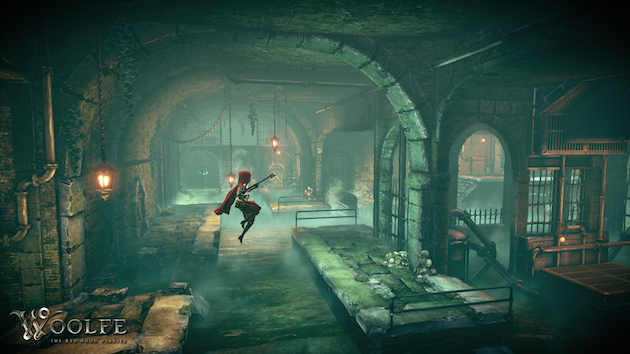 11 years ago
11 years ago
Woolfe: The Red Hood Diaries preview: Yesteryear’s AAA
As retro-inspired two-dimensional indie games have gaga’d critics everywhere, the now-classic three-dimensional games from later generations have been ignored for a decade. Seriously, when was the last time you played a new 3D action-platformer? The people at GRIN Studios were thinking the same thing. So, they made Woolfe: The Red Hood Diaries, a faithful iteration on the forgotten formula.
If you were a fan of Ratchet & Clank, Prince of Persia, Banjo-Kazooie, Crash Bandicoot, or one of the many games like them, you know what I’m talking about. Moving platforms, perfect double jumps, timed switches, labyrinthine puzzles, combat combos, magic attacks… it’s all here. And it has a modern coat of paint, a dramatic story and a beautiful setting to bring it into 2015.
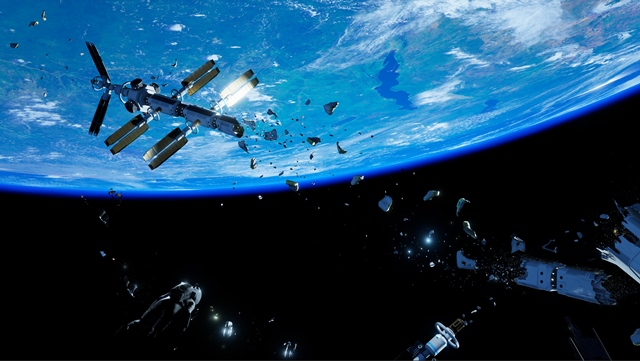 11 years ago
11 years ago
Adam Orth wants to know what Adr1ft is worth
“This is Adam Orth, creator of Adr1ft,” a PR man states matter-of-factly.
Orth is the game developer best known for causing a 2013 internet riot with his infamous #dealwithit tweet. Here at an AMC Loews theater in Boston the weekend of PAX East, he stands up in front of a handful of media members to talk briefly about his game. The whole scene feels pleasantly at odds with the commotion and excitement (real and feigned) back at the convention center I’ve just left. Orth is soft-spoken and unassuming, and aside from just showing the game, there is scarcely any attempt made to hype up the audience. None is needed, because when I pull on an Oculus Rift moments later, I am immediately impressed by Adr1ft.
The added immersion of the VR headset helps, to be sure. But Orth insists that his game was designed to captivate players with or without another reality strapped to their faces. Certainly some of the enveloping feeling of space’s vastness is lost when the headset comes off. After it does, however, watching XBLA Fans’ John Laster and Jill Randolph play on a regular old TV screen is still a treat. Spectating their non-VR play sessions makes me want to get back into this game that is somehow being built by the small team at Three One Zero.
Adr1ft doesn’t seem like something that a diminutive indie developer could create in short order — but that’s exactly what it is. After less than a year in development at Three One Zero, the game’s Gravity-like take on space exploration mission turned disaster is moving. Floating aimlessly through the wreckage of a space station, I take in the little things, like a single leaf escaping from the station’s garden as it collides softly with my helmet. Turning to watch this green speck drift away, I’m dumbstruck and a little frightened by the vast emptiness of space engulfing it. Turning again, I find myself confronted with a familiar, comforting image that I have to assume has left many real-world astronauts breathing a little easier: Earth.
Later, Orth will ask what we think this sort of experience is worth and what games we think it’s in the same class with; he seems sincerely interested in knowing what value others place on his project. It’s a degree of humbleness his many detractors from two years ago might not expect from him.
 11 years ago
11 years ago
Should game developers let everyone stream every part of every game?
Last month, XBLA Fans was streaming Resident Evil Revelations 2 on our Twitch channel when something unexpected happened: the feed abruptly cut to the pause screen pictured above. XBLA Fans’ Michael Cheng hadn’t stopped playing and was still attempting to actively broadcast gameplay, so we knew something external was affecting the stream.
That something was Capcom. The game’s developer-slash-publisher, in an effort to minimize gamers’ exposure to certain scenes that are critical to determining what ending players receive, blocks segments of Revelations 2 from being streamed via the Xbox Twitch app. Capcom kicks all Xbox Twitch streams to the pause screen during the final boss fight, cutscenes, credits and after-credits cutscene. Speaking with XBLA Fans, a representative for the company explained that it wants to “give players a pure and un-spoiled experience,” so it “chose to disable the native capture so that video sharing during those segments was limited.”
This got us thinking: how do other ID@Xbox game developers view Twitch streaming? Are they worried about potential gameplay or story segments being ruined for viewers? We asked a few developers if they had official Twitch policies and whether or not they felt streamers were helping their games to find larger audiences. Official stances on Twitch were a bit mixed, but everyone we talked to agreed that streaming could benefit them. One in particular, however, cautioned against giving streaming codes to anyone and everyone and noted that not all games companies need help from streamers.
Of streams and spoilers
There is perhaps no ID@Xbox developer more well-known for story-driven experiences than Telltale Games. Unfortunately, the studio that popularized episodic game releases declined to comment directly on the issue. Telltale, however, did partner with The Nerdist to stream the entirety of the first Tales from the Borderlands episode a week ahead of its release last November. It also got together with voice actors Troy Baker and Laura Bailey to stream the second episode a few days after its release late last month. It remains to be seen whether or not Telltale will be so eager to stream the season’s surely spoiler-filled final episode in full, but its past actions paint a picture of a studio that does not shy away from streaming spoilers.
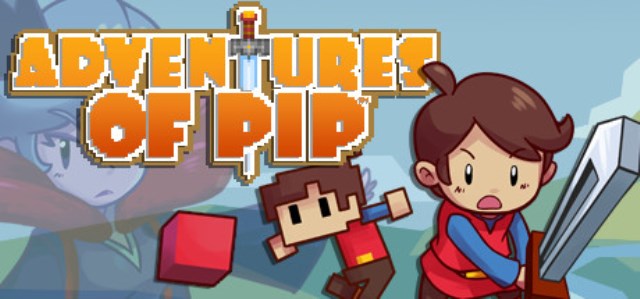 11 years ago
11 years ago
Adventures of Pip tells the story of gaming’s art evolution
Even if you’ve never played a video game before in your life, you won’t have trouble deducing where not to go in Adventures of Pip. A series of floating skull and crossbones symbols hover above each of the platformer’s bottomless pits. It’s an unambiguous message from the developers conveyed through art.
Tic Toc Games CEO Shereef Morse didn’t want to leave anything to guesswork. “It’s like, ‘Hey guys, you don’t want to go down there, all right?'” he told XBLA Fans at PAX East last month. “We said, ‘Why leave it to guessing, right?'”
Not unlike the studio’s approach to visualizing the dangers of bottomless pits, its central gameplay mechanic is also a very on-the-nose artistic reference to something — art itself. Adventures of Pip tells the story of a one-pixel underdog named Pip who gains the ability to be rendered in more pixels as he quests towards defeating the evil Skeleton Queen. If that sounds vaguely familiar, it’s meant to: Adventures of Pip is also the story of the games industry’s art evolution and what game art has had to give up in order to evolve.
[clickToTweet tweet=”Adventures of Pip tells the story of gaming’s art evolution @xblafans #gaming #XboxOne ” quote=”Adventures of Pip tells the story of gaming’s art evolution “]The idea for this metaphor began germinating around 13 years ago — even if Morse didn’t realize it back then. In 2002 Morse was working as a production manager at WayForward Technologies, and he hired a promising young artist, Marc Gomez, fresh off an education at California Institute of the Arts. Gomez would go on create art for A Boy and His Blob, Contra 4 and Bloodrayne: Betrayal among others. The only thing those three games have in common with one another is that they share absolutely nothing in common, which is exactly the point. Years later, when Morse hired Gomez as his creative director at Tic Toc, it occurred to him that Gomez’s art styles had frequently changed during his time at WayForward. So had the industry’s at large.

